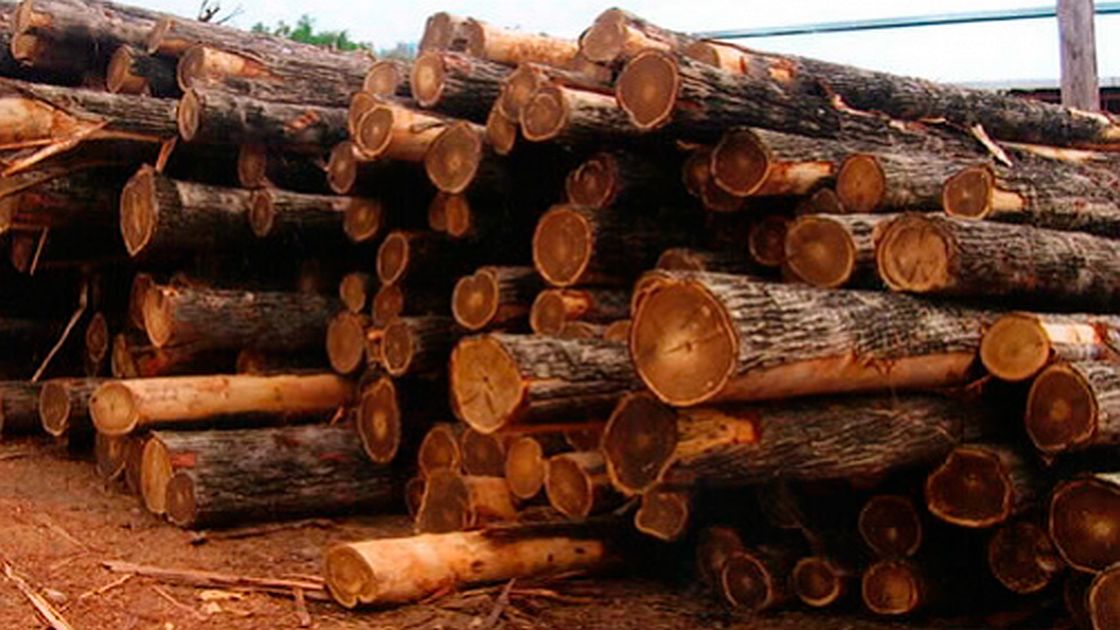“Cypress” is a common name that refers to several species of coniferous trees in the family Cupressaceae. Different types of cypress trees are found in various parts of the world, and they are known for their durable and decay-resistant wood. Here are some key points about cypress wood:
- Types of Cypress:
- Bald Cypress (Taxodium distichum): Native to the southeastern United States, bald cypress is often found in swampy or wetland areas. It is known for its distinctive “knees,” which are woody projections that emerge from the roots.
- Cupressus spp.: This genus includes several species commonly referred to as cypress. The Monterey cypress (Cupressus macrocarpa) and Leyland cypress (Cupressus × leylandii) are examples.
- Wood Characteristics:
- Cypress wood is known for its durability and resistance to decay. It has a straight grain and a fine texture.
- The heartwood is typically a light to medium brown color, while the sapwood is nearly white.
- Cypress wood has a natural preservative oil that makes it resistant to insects and decay, especially in wet environments.
- Uses of Cypress Wood:
- Construction: Cypress wood is commonly used in outdoor construction applications, such as decking, siding, fencing, and shingles. Its resistance to decay makes it suitable for use in damp or humid conditions.
- Outdoor Furniture: The durability of cypress wood makes it a popular choice for crafting outdoor furniture.
- Boat Building: Cypress has been historically used in boat building due to its resistance to water damage.
- Interior Applications: While less common, cypress wood is also used for indoor applications, such as paneling and flooring.
- Aromatic Properties:
- Some cypress species, such as the Leyland cypress, have aromatic wood. The pleasant scent makes it desirable for certain woodworking projects.
- Cultural Significance:
- In some cultures, cypress trees hold symbolic or religious significance. For example, the Monterey cypress is associated with the iconic cypress tree “tunnels” found along the California coast.
- Environmental Considerations:
- Sustainable forestry practices are important for maintaining cypress populations. Harvesting practices should ensure the long-term health of cypress ecosystems.
- Availability:
- Cypress wood is generally available, and its availability may vary depending on the specific species and region.
When working with or considering cypress wood, it’s important to be aware of the specific type of cypress and its characteristics. Additionally, sustainable harvesting practices contribute to the conservation of cypress forests and the ecosystems they support.



